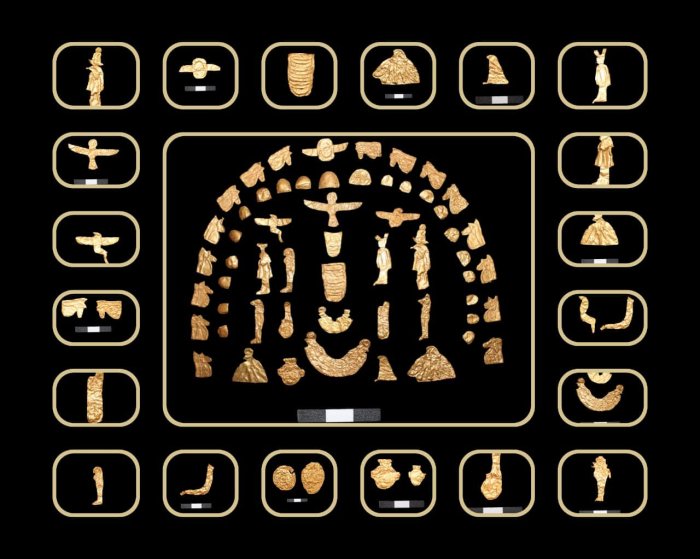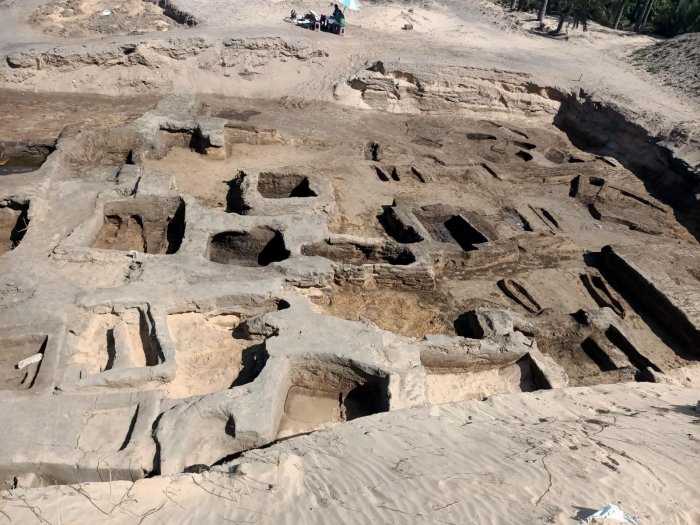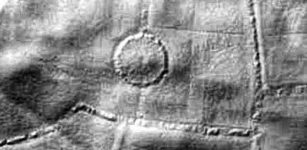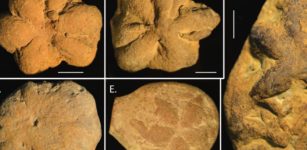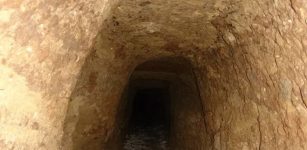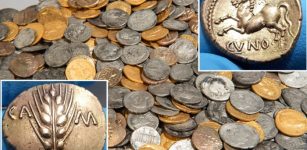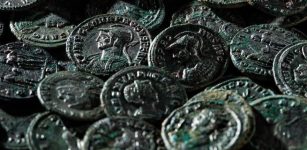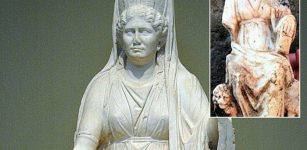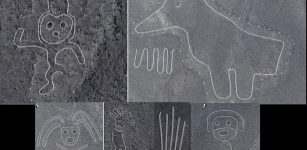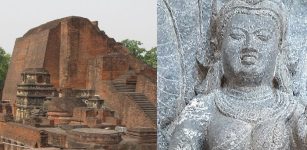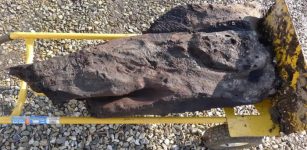Rare Gold Foils Found In Ancient Egyptian Tombs At Tel El-Deir In New Damietta
Jan Bartek - AncientPages.com - The Egyptian archaeological mission operating at Tel El-Deir in New Damietta, situated in the northeastern region of Egypt, has successfully excavated 63 Late Period tombs. These tombs are constructed either from mud brick or consist of rudimentary burial sites.
Credit: Ministry of Tourism and Antiquities
Dr. Mohamed Ismail Khaled, Secretary General of the Supreme Council of Antiquities, has reported in an official statement that gold fragments have been discovered within the tombs, potentially dating to the 26th Dynasty. Dr. Khaled further noted that this excavation aligns with the directives of the Minister of Tourism and Antiquities to prioritize Egyptian archaeological missions and facilitate their efforts in uncovering additional aspects of ancient Egyptian civilization.
Credit: Ministry of Tourism and Antiquities
He explained that the architectural planning of the discovered tombs follows one of the common and widespread models in ancient Egypt during the late period. This confirms the historical importance of this discovery, which may lead to re-dating an important period for the city of Damietta. The archaeological finds from the Twenty-Sixth Dynasty confirm the completion of the historical sequence of the Tell el-Deir cemetery and highlight Damietta's important commercial role throughout different historical eras.
Dr. Khaled also disclosed that a quantity of bronze coins from the Ptolemaic period have been recovered during the excavation.
Credit: Ministry of Tourism and Antiquities
Dr. Aymen Ashmawy, Head of the Ancient Egyptian Antiquities Sector, has stated that funerary amulets and Ushabti figurines were unearthed at the site. Ushabti were servants devoted to working for their deceased owners. In ancient Egyptian religion, the tombs were equipped with small-sized and mummy-shaped figurines with arms crossed on the chest. The use of them was widespread, and their 'mission' was to set the deceased free from the necessity of labor in the afterlife.
See also: More Archaeology News
Additionally, both foreign and locally-produced stoneware were discovered, providing insights into the trade relations between Damietta and other Mediterranean coastal cities.
Furthermore, the mission has uncovered a substantial tomb constructed of mud brick. This particular tomb contains funerary items of superior quality and additional gold fragments.
Written by Jan Bartek - AncientPages.com Staff Writer

